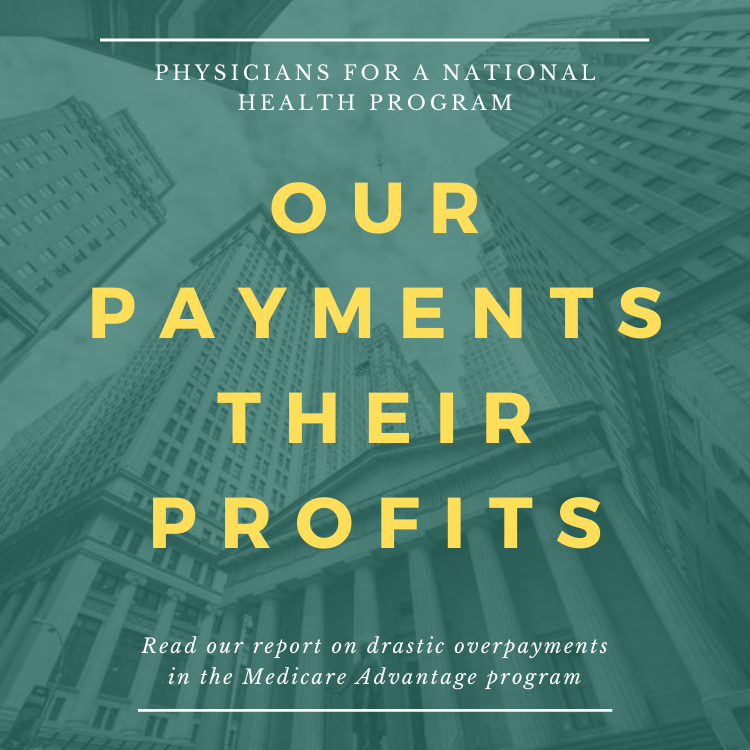Future life expectancy in 35 industrialised countries: projections with a Bayesian model ensemble
By Vasilis Kontis, PhD, James E Bennett, PhD, Colin D Mathers, PhD, Guangquan Li, PhD, Kyle Foreman, PhD, Prof Majid Ezzati, FMedSci
The Lancet, February 21, 2017
Summary
Background
Projections of future mortality and life expectancy are needed to plan for health and social services and pensions. Our aim was to forecast national age-specific mortality and life expectancy using an approach that takes into account the uncertainty related to the choice of forecasting model.
Methods
We developed an ensemble of 21 forecasting models, all of which probabilistically contributed towards the final projections. We applied this approach to project age-specific mortality to 2030 in 35 industrialised countries with high-quality vital statistics data. We used age-specific death rates to calculate life expectancy at birth and at age 65 years, and probability of dying before age 70 years, with life table methods.
Findings
Life expectancy is projected to increase in all 35 countries with a probability of at least 65% for women and 85% for men. There is a 90% probability that life expectancy at birth among South Korean women in 2030 will be higher than 86·7 years, the same as the highest worldwide life expectancy in 2012, and a 57% probability that it will be higher than 90 years. Projected female life expectancy in South Korea is followed by those in France, Spain, and Japan. There is a greater than 95% probability that life expectancy at birth among men in South Korea, Australia, and Switzerland will surpass 80 years in 2030, and a greater than 27% probability that it will surpass 85 years. Of the countries studied, the USA, Japan, Sweden, Greece, Macedonia, and Serbia have some of the lowest projected life expectancy gains for both men and women. The female life expectancy advantage over men is likely to shrink by 2030 in every country except Mexico, where female life expectancy is predicted to increase more than male life expectancy, and in Chile, France, and Greece where the two sexes will see similar gains. More than half of the projected gains in life expectancy at birth in women will be due to enhanced longevity above age 65 years.
Interpretation
There is more than a 50% probability that by 2030, national female life expectancy will break the 90 year barrier, a level that was deemed unattainable by some at the turn of the 21st century. Our projections show continued increases in longevity, and the need for careful planning for health and social services and pensions.
Funding
UK Medical Research Council and US Environmental Protection Agency.
From the Discussion
By contrast, projected life expectancy is lower in countries with higher levels of young adult mortality and major chronic disease risk factors, and possibly less effective health systems. These countries also tend to have higher social inequalities, which might lower national life expectancy by affecting the entire population or through the poor health of the worst-off social groups and communities, which in turn affects the national average. Notable among poor-performing countries is the USA, whose life expectancy at birth is already lower than most other high-income countries, and is projected to fall further behind such that its 2030 life expectancy at birth might be similar to the Czech Republic for men, and Croatia and Mexico for women. The USA has the highest child and maternal mortality, homicide rate, and body-mass index of any high-income country, and was the first of high-income countries to experience a halt or possibly reversal of increase in height in adulthood, which is associated with higher longevity. The USA is also the only country in the OECD without universal health coverage, and has the largest share of unmet health-care needs due to financial costs. Not only does the USA have high and rising health inequalities, but also life expectancy has stagnated or even declined in some population subgroups. Therefore, the poor recent and projected US performance is at least partly due to high and inequitable mortality from chronic diseases and violence, and insufficient and inequitable health care.
***
Comment:
By Don McCanne, M.D.
This study predicts an increase in life expectancy for 35 industrialized nations but notes that the recent and projected performance in the United States is poor. That is “at least partly due to high and inequitable mortality from chronic diseases and violence, and insufficient and inequitable health care.”
More diligent application of beneficial public policies would improve our outcomes. Particular notable is the inequitable health care in our country. It is not that we lack sufficient funds. We are already spending $3.2 trillion – more than enough to provide quality health care for all. It is rather that we fail to elect individuals who understand and would support public policies that would make this a better nation.
This is shameful. We could act to change our course, but we, as a nation, have accepted mediocrity instead.
